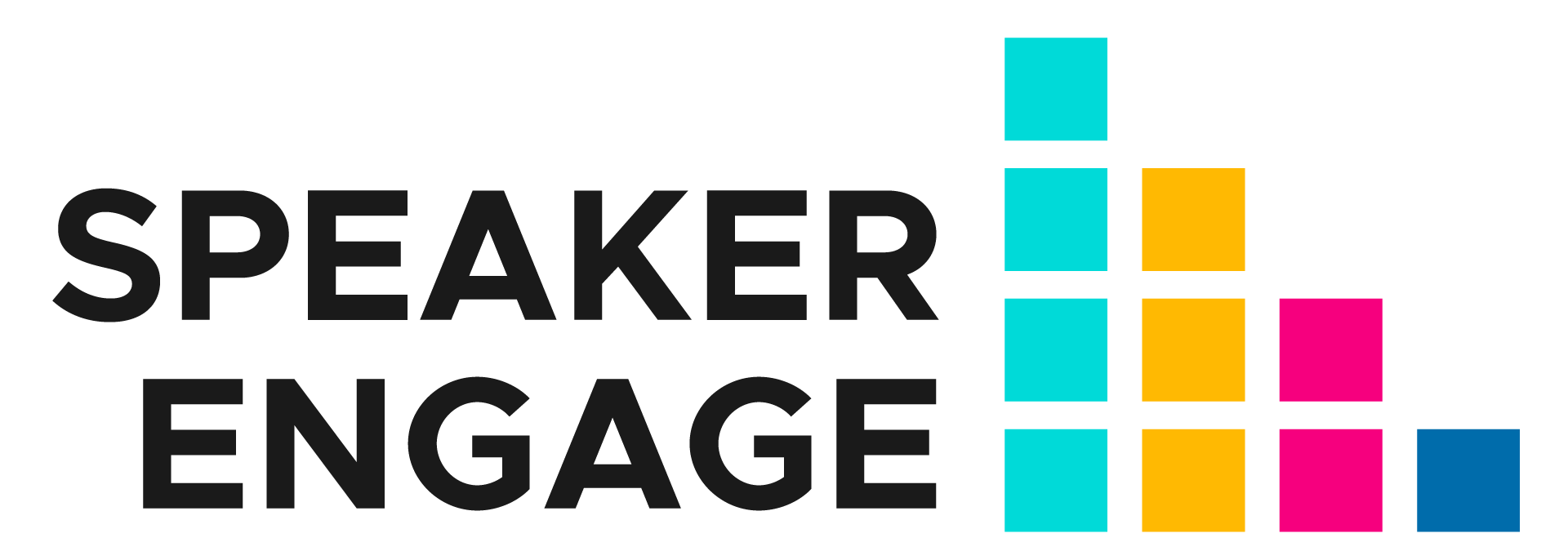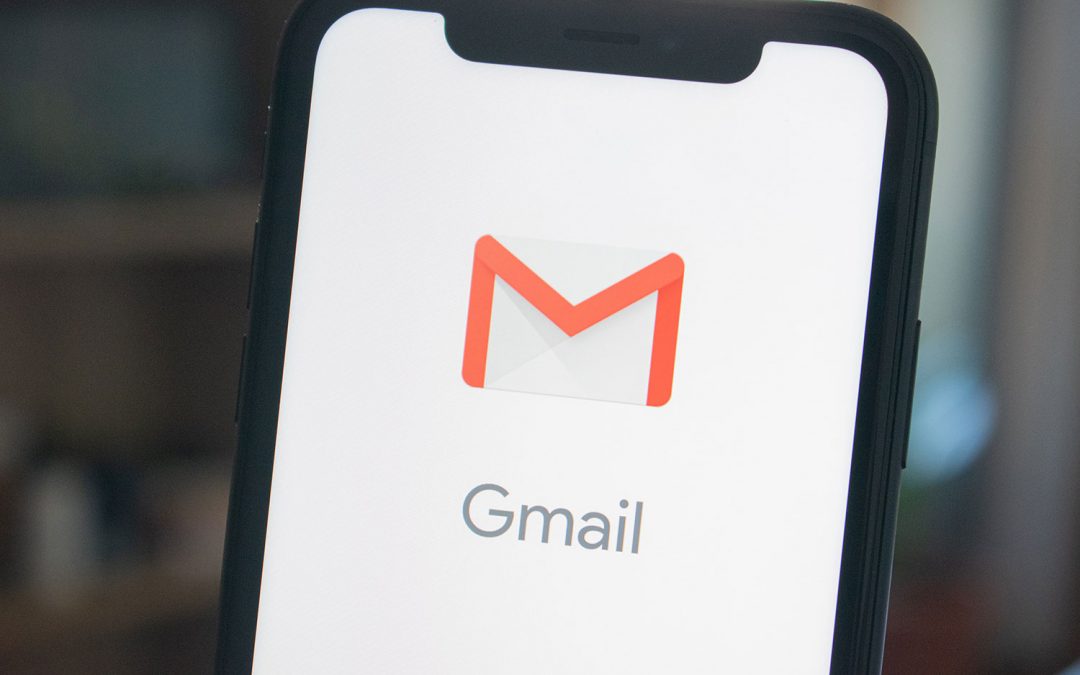A Detailed Guide to Email Templates for Successful Virtual Event
As we try to cope with the current workings of the world, many of us are actively trying to bridge the gap. From upskilling individuals to engaging them or preparing platforms to extend access to more and more people, we are working towards a society that will come out more inclusive. Thanks to the internet’s broad reach, it is now possible to interact and share ideas with anyone anywhere.
One of the ways we ensure engagement, access, and inclusivity is by hosting an online/virtual event. Despite what you might have heard, hosting webinars is not as easy as it sounds. Although, we would argue that hosting webinars is a piece of cake compared to convincing people to attend them!
One of the many reasons people do not attend webinars is they forget. And one of the many ways we can do to remind them is by sending periodic emails reminding them why they should attend.
As event organizers, it is crucial to market a webinar/virtual event effectively. Let’s look at seven different emails that also work as email campaigning templates you should send to your participants.
1. Immediately after registration
We all like the comfort of confirmation. And what’s more comforting than an email once you’ve signed up for an event. Now, this email is essential. The person must have signed up for a listed event on a whim without reading much about the webinar itself. The first email you send out confirming their registration could play a key role in attending the webinar. The email must give your potential attendees context. Attach or link articles relating to the webinar topic to provide them with context before attending. Let them know what they can expect from the webinar, urging them to attend.
2. A day after registration
The second email must go out the day after the person has registered. This email works as a reminder, letting them know that they’re essential to the webinar. Request the registered to go through the links attached before they attend, providing further deeper context. At the email’s closing, please share a few takeaways they would be privy to once they hear the webinar. It could be soft skills, hard skills, or even a pdf document or an e-book. Share the webinar plan in this email or email campaign template, including the topic, list of speakers, and critical questions that would be discussed and answered in the course of the webinar. Also, add the link to the webinar. Not that it would be functional but, it’s good practice.
Ensure you plug in the link and the date and time of the webinar in the rest of the trailing emails.
3. Two days after registration
Although you had sent emails to all those registered before, they would need a reminder. Let them know how much you look forward to them attending and request them to be on time, which would help you run the rest of the webinar or online conference with no interruption.
4. The in-between emails
Depending on when they registered, you will have to space out your emails. Getting emails from the same source every day can seem too much, and your potential attendees could lose interest. After the first three emails, space out the emails to be sent out once in two or three days; this way, you can keep reminding them about the webinar and not seem too intrusive. It is advisable to have all the emails be interactive. Link articles or videos or place images within the email, ensuring that the emails you send out are of value to the registered. Share the profiles of the speakers, allowing the attendees to get to know them better. If you do have a social media campaign running on the side, you could plug them in, requesting them to participate.
5. Send on the day of the webinar
The day of the webinar calls for the most critical series of emails. The first email on the day of the webinar must go at least 5-6 hours before the webinar, or on the same day morning. In this email, give them another look at all that would be discussed in the webinar. Share the webinar plan and a list of priority questions that would be answered in the webinar course.
6. An hour before the webinar
This email would serve as a reminder notification, requesting the attendees to be ready. Mandatory information shared in this email must be the webinar’s topic and the itinerary of the event. Have the link to the webinar, with the time and place. Urge them to be on time to help you run the webinar with no distractions in between.
7. 10 minutes before the webinar
This is the last email in the series of emails you send out before the webinar. This email would primarily request them to join the webinar immediately to not miss out on attending the webinar. The email must be kept short and to the point. The purpose of this email is to share the link, not to share any information or engage them.
With that, we have a comprehensive list of all the emails that must be sent out to potential attendees once they register for the webinar. Download these ready-to-use email campaigning templates and configure them to suit your messaging.
Submit your email to download the email templates
The key is to provide value in your emails, promising them that the webinar would be as or more interactive or educational. Those who registered must be aware that they would be walking away from the webinar with abundant knowledge.
In conclusion, follow these tips to ensure that you host a successful webinar. Check out speakerengage.com to get access to ready-to-use email templates. Sign up for the 30-day free trial or contact us at support@speakerengage.com to schedule a demo.



